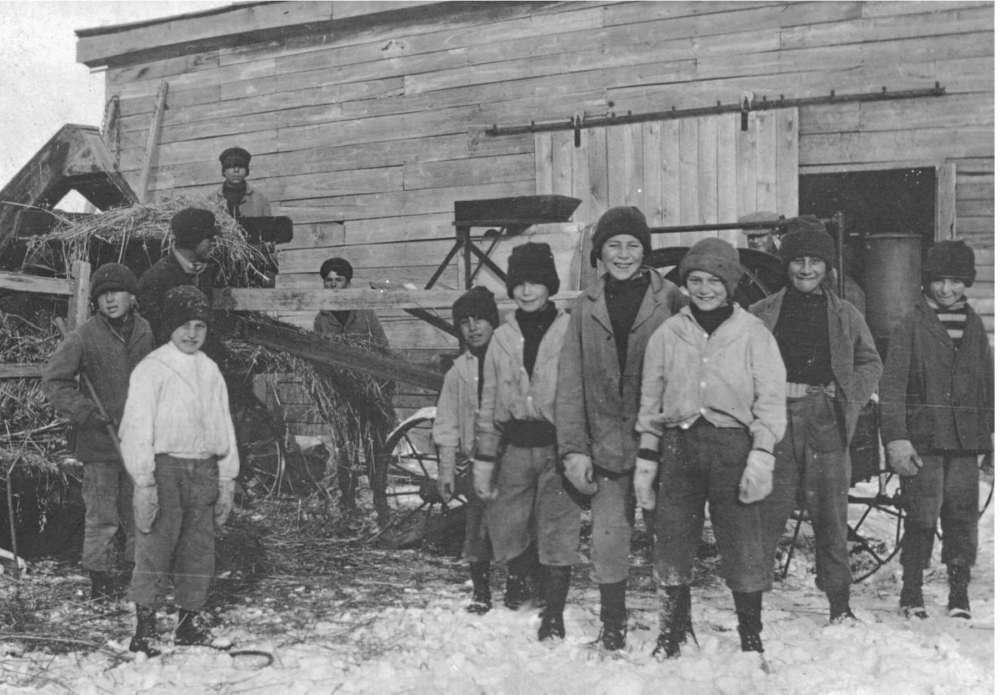Digital archive rebuild set for NCTR
Advertisement
Hey there, time traveller!
This article was published 26/03/2021 (1683 days ago), so information in it may no longer be current.
A Canada Foundation for Innovation grant will support the National Centre for Truth and Reconciliation as it rebuilds the digital architecture of its archives, allowing better access to the stories of residential school survivors in order to effect societal change.
The NCTR recently received a $2.4-million grant for its new IT architecture, which will offer a new way to search the records, based on the viewpoint of the students, and not solely from the point of the administration of the schools.
A national team led by Raymond Frogner, director of archives at the National Centre for Truth and Reconciliation at the University of Manitoba, will work over the next four years with the collection of five million documents, including 7,000-plus statements from survivors and 30,000 photographs.

“Our goal is to come up with an open-source system that will be more accessible and can do more sophisticated searches,” Frogner said. “We will also keep in mind the sensitive nature of the documents in terms of the communities and the cultures they speak to.”
Frogner said the residential school records were collected by a colonial-oriented administration, which noted things like the number of students and disciplinary matters.
“What’s hidden in there is the Indigenous voice. We need to find that voice,” he said, adding the goal is to have a decolonizing archive built on principles of respect, honesty, wisdom, courage, humility, love and truth.
To that end, the NCTR will continue its working in meeting with survivors. “We met with the Shubenacadie school survivors in Nova Scotia. They were able to describe what is shown in 400 photos, going well beyond what was noted by the teachers,” Frogner said. “They could name students and what was happening in the photos. The records would often have multiple names for the same student, from the day they arrived and from misspellings. The survivors can name each student.”
Another example of the Indigenous voice saw survivors speak about the day they received new baseball uniforms at a residential school in Saskatchewan. “The moment was caught on film,” Frogner said. “What it doesn’t show is that the uniforms were taken away afterward, that the students didn’t get to keep them.”
Future archive users will be able to follow one student from school, to hospital, to school, and anywhere else they were shuttled about by settlers, he said.
Along with the project on the downstream effects on Indigenous health, the NCTR will also work with the National Film Board to preserve film records of survivor statements for generations.
“It will be a two-year project to migrate the recordings into a preservation format,” Frogner said, adding the NFB will hire an Indigenous filmmaker to create documentaries from the footage.
This work will disrupt the colonial relationships between academic researchers and Indigenous communities, he said.
“This is following the tremendously important work of the Truth and Reconciliation Commission. It’s also following our work in 2019, when we released a commemorative website of the names of all the children lost at residential schools, in honour of their memories.”
For more information on the NCTR, see nctr.ca/map.php




